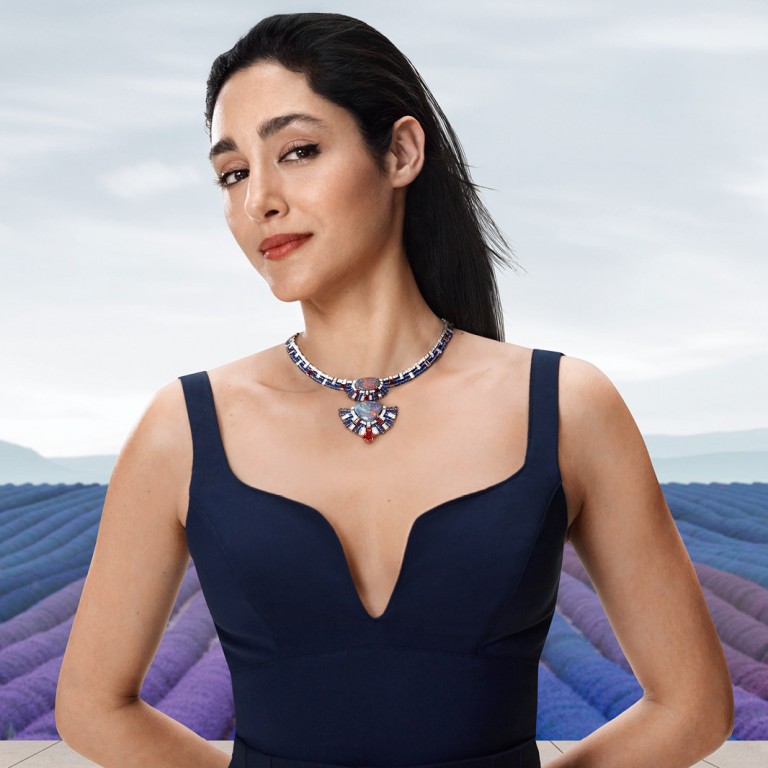
Cartier’s latest high jewellery collection combines creativity and timeless designs, says its style and heritage director Pierre Rainero
- The launch of Cartier’s latest high jewellery collection, Beauties of the World, was held in June in Spain and attended by stars including Blackpink’s Jisoo
- We talked to Pierre Rainero, image, style and heritage director at Cartier, about changing tastes in high jewellery post-Covid, lab-grown diamonds and younger clients
High jewellery is the most rarefied realm of the luxury world. While haute couture – the creation of one-of-a-kind garments made to order in Paris by houses such as Chanel and Dior – gets most of the attention for its enormous price tags and incredible craftsmanship, high jewellery is even more exclusive.
We’re talking about one-of-a-kind pieces made with the rarest stones in centuries-old workshops in Paris.
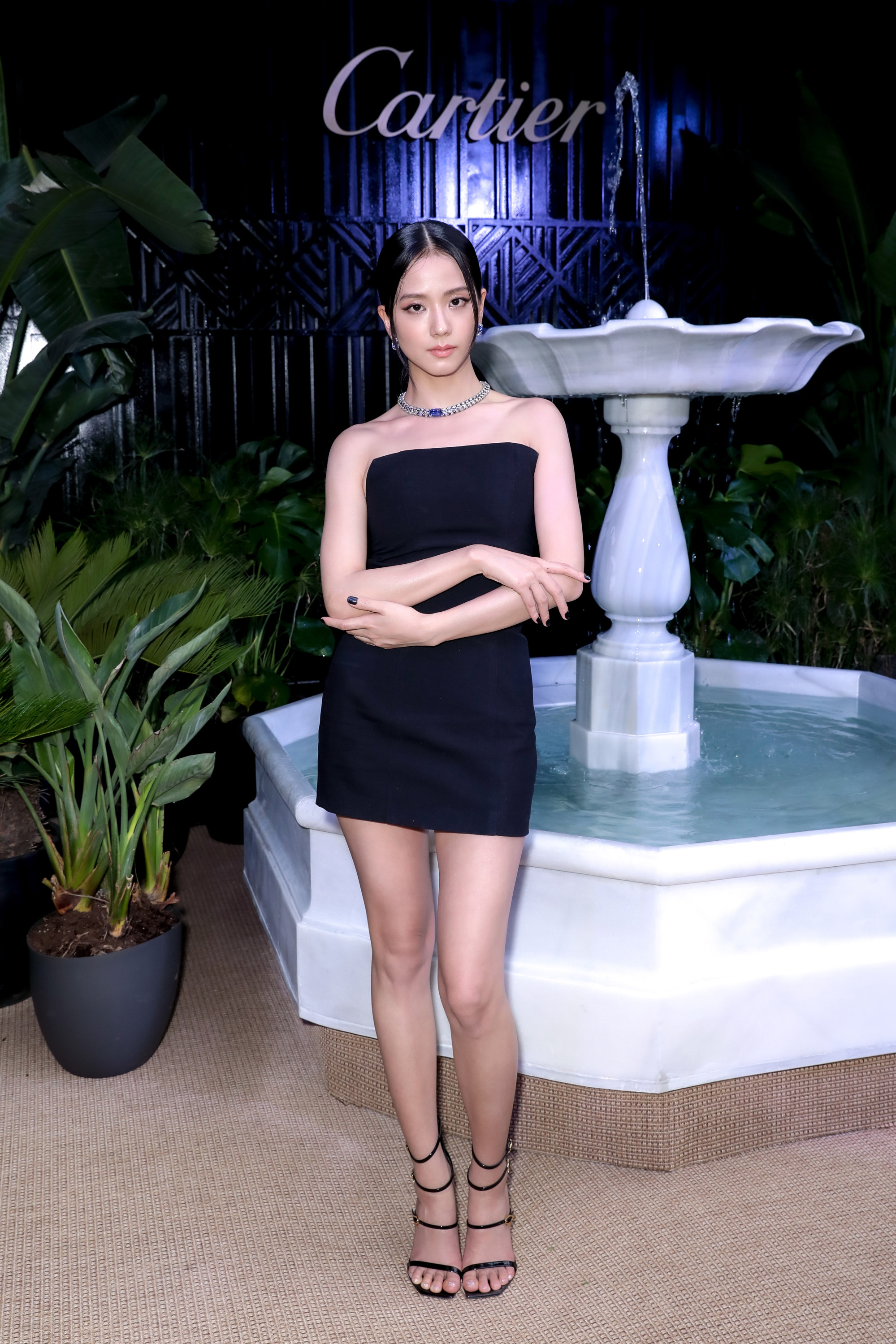
The main theme of the collection is the beauty of nature. How do you make a topic like nature fun and relevant?
“At Cartier, we have two fields of expression: the abstract one and the figurative one, which have coexisted forever. In recent years, we’ve explored even more this relationship between abstract and figurative. You can see the allusion to a snake in a necklace, for instance, but it doesn’t matter; it’s more about shapes. You might not see it as a snake and, once you know, you see it.
POST EDIT: New Rolex Oyster Perpetual Lady-Datejust for the modern woman
“The first allusion to [Cartier’s icon] the panther, for instance, was abstract – the dots but not the full animal – and then it became figurative and achieved volume. When we work with shapes, we play with ambiguity and mystery.”
How do you make high jewellery appealing to younger clients?
“Globally, the buyers are becoming younger under the pressure of Asia because especially there people have access to wealth at a younger age, so we face younger and younger clients for important pieces, which was not the case in the past.
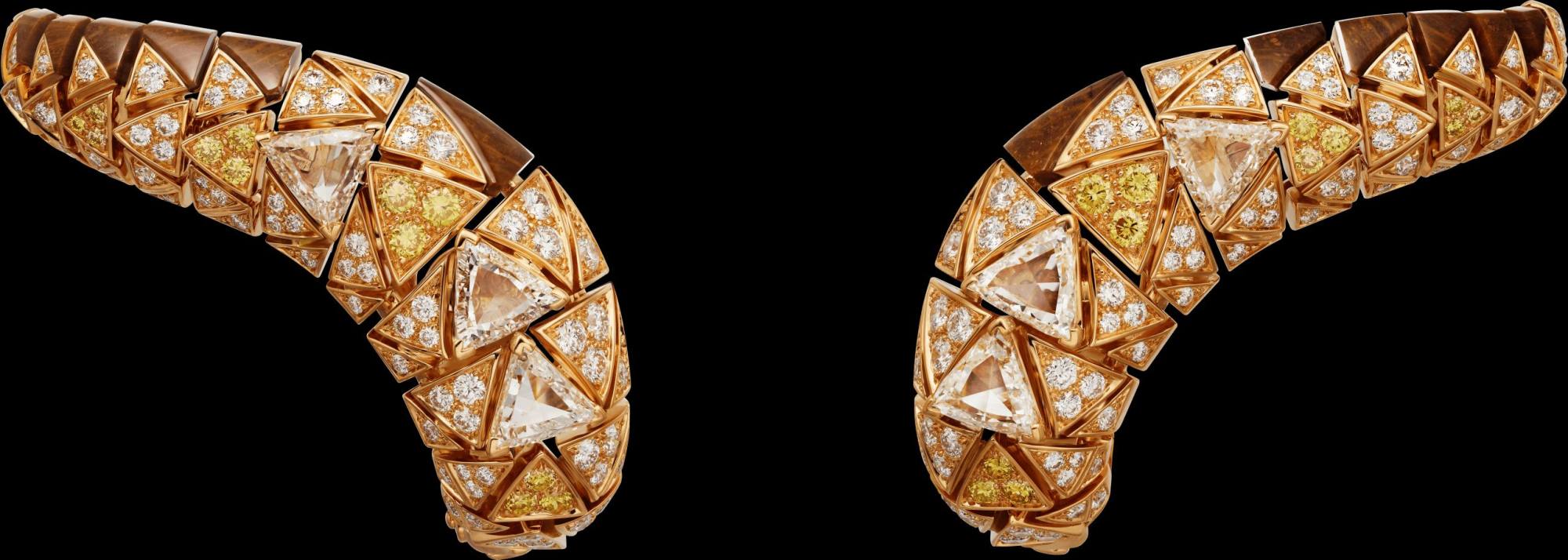
“Also, social media plays a role and is a great help to communicate about the brand; on social networks there is so much information about Cartier. This new generation has a lot of access to knowledge, more than any other. Before, as a brand, you had to rely on books, exhibitions and stores.
“I also think the way of life of younger people is not the same as their parents’, which also affects the way they live with their jewellery. What we see when we are face to face with clients is that they want to enjoy it and wear it as much as possible, maybe because they feel life is too short so they just want to enjoy it.”
Have tastes in high jewellery changed because of Covid-19?
Melinda Zeman on converting to Judaism and her creative outlet, jewellery
“But that doesn’t mean you need to be conservative in your designs. It’s a paradox: you go to Cartier because of its permanence, but creativity and innovation are also part of that.”
What about logistical challenges?
What do you make of lab-grown diamonds?
“Culture can evolve. You may think that what’s natural is a miracle and a diamond is a miracle, and you’re attracted to that, but think about pearls. People did end up buying cultured pearls, so why not have the two possibilities? Let’s not underestimate the possible evolution of culture.
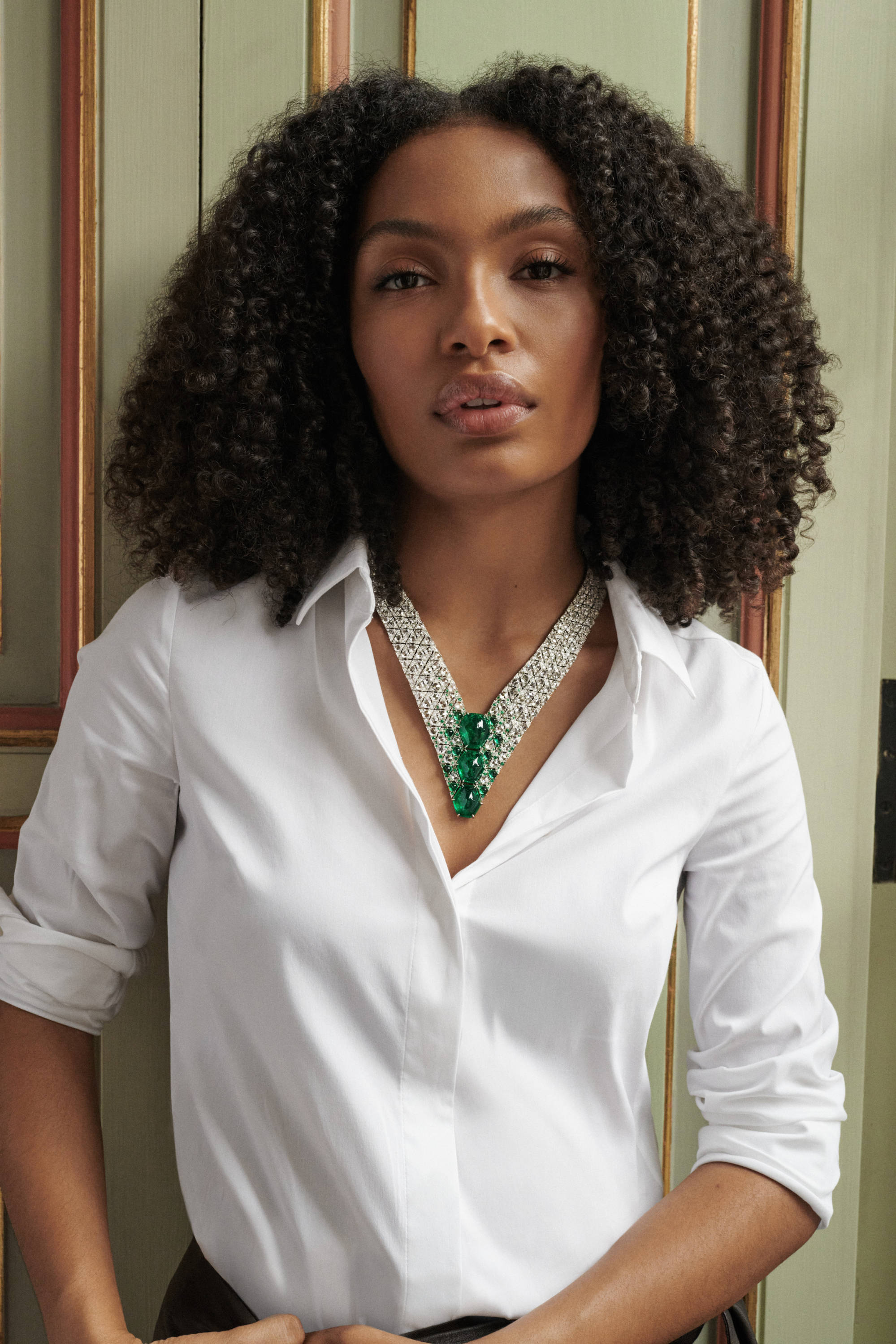
“There are also many studies being done and some say that naturally grown diamonds use more energy. You have to take it slowly and see.”
Do you look at what other players in the industry are doing?
“It’s interesting to see what’s happening in jewellery, because we’re a very important actor in the evolution [of the industry].
“We see what someone else is doing, and it’s often something we just don’t do because it’s just not us, so we’re not jealous. In our field, there’s space for many directions and we look at it with curiosity.
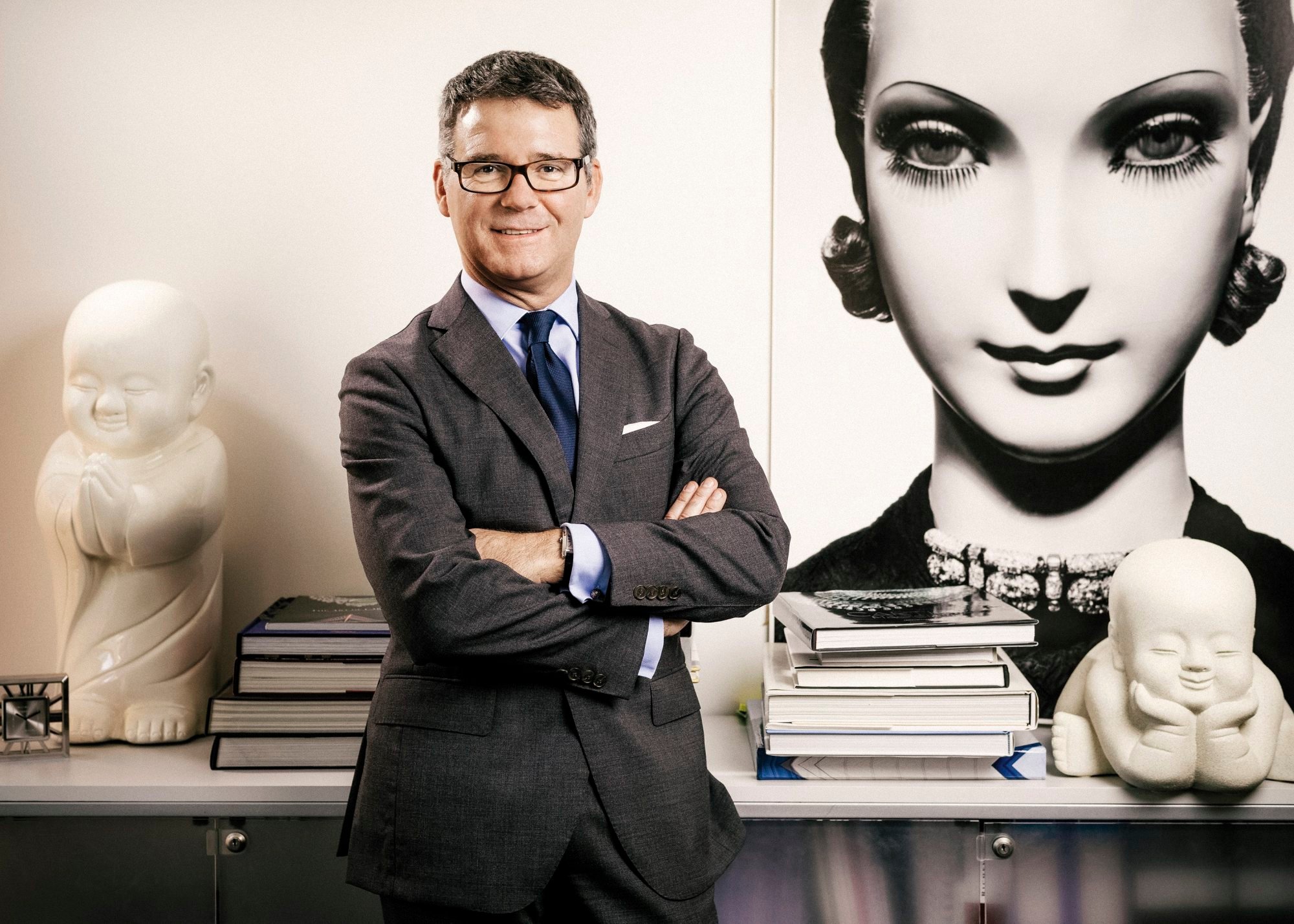
“It’s exciting – and it would be a disaster if there was no creativity, the more we have the better because it creates more interest in jewellery.”
What is your first jewellery-related memory?
“A sautoir [long necklace] that my grandmother was wearing when I was two in Algeria, where I was born. It was long in black jet, typical mourning jewellery often worn by widows, and it was in various shapes like spheres and ovals, and I would play with it and feel the shapes and texture. I remember the different volumes of them.”
What’s your favourite stone?
“It’s a shock to many because it’s not a precious stone but semi-precious. It’s the peridot. When you like something you can’t explain it, you just like it. But I do like green in general and I like the nuances of the peridot because it has a warm colour, with some yellow in it, more yellowish than emerald.”

